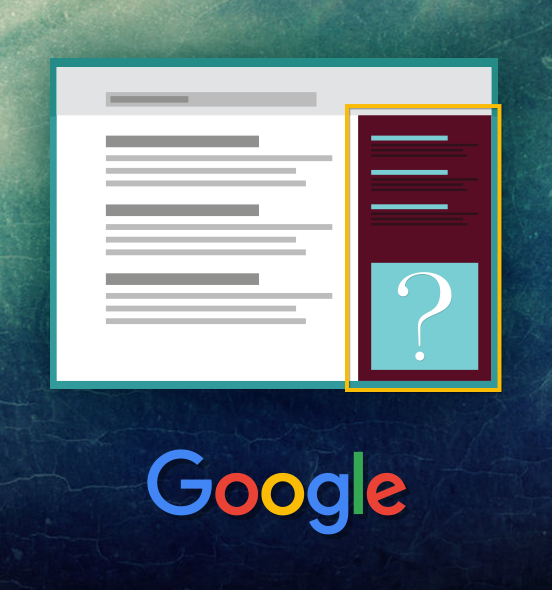Text ads have been a part of Google search results since the launch of AdWords back in 2000. These appeared traditionally on the right side of the search pages.
However, there has recently been a dramatic development for all Google users. The legendary search engine has decided to no longer show ads on the right side of its desktop search results, and to only have ads at the top and/or the bottom of the page.
This change will bring desktop user experience closer to that of their mobile counterparts, in that the mobile versions of Google show ads only at the start and/or end of the search results.
There are, however, two exceptions to this new format:
1. PLA (Product Listing Ad) boxes will show either above or to the right of search results.
2. Ads in the Knowledge Panel
In addition, the company representatives from Google say it may show an additional ad – four, as opposed to the previous three – above the search results for what it refers to as “highly commercial queries.”
According to Google’s official statement on the change:
“We’ve been testing this layout for a long time, so some people might see it on a very small number of commercial queries. We’ll continue to make tweaks, but this is designed for highly commercial queries where the layout is able to provide more relevant results for people searching and better performance for advertisers.”
This means that searches such as “hotels” and “insurance” and so forth will have users shown four ads at the top of the page.
There has been a lot of debate about whether CPCs are going to skyrocket, but it’s still too soon to tell what the eventual scenario will be. This is because the overall number of ads has been reduced from eleven to seven (a maximum of four ads on the top of SERPs and three at the bottom of them) but the number of ads at the top has increased from three to four.
This has made it hard to determine exactly how the cost of bids for ads will be affected, but what is clear, however, is that advertisers running bit-to-position strategies will need to update their approach. This alone may cause fluctuations in auction patters for a certain amount of time as advertisers react to one another’s adjustments.















